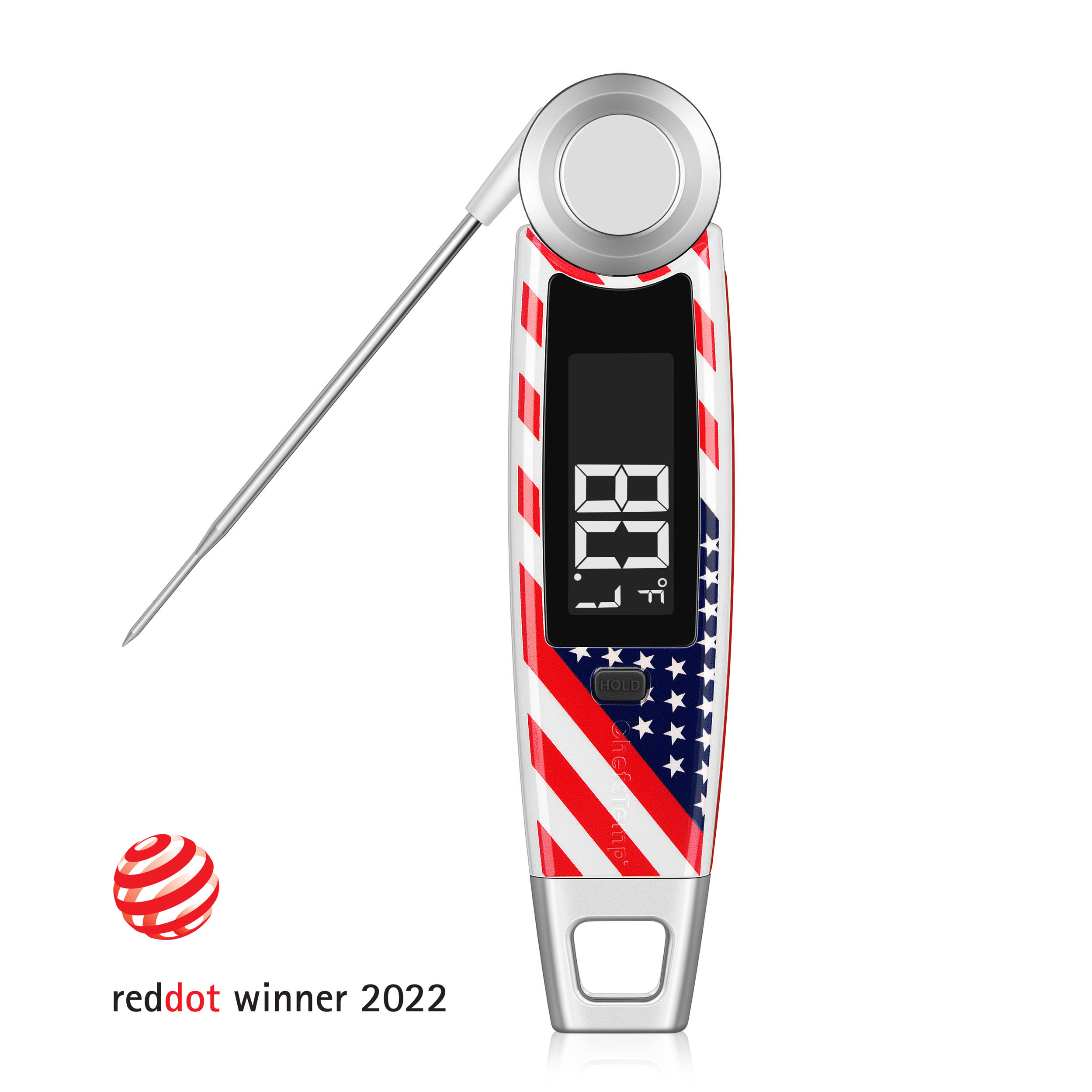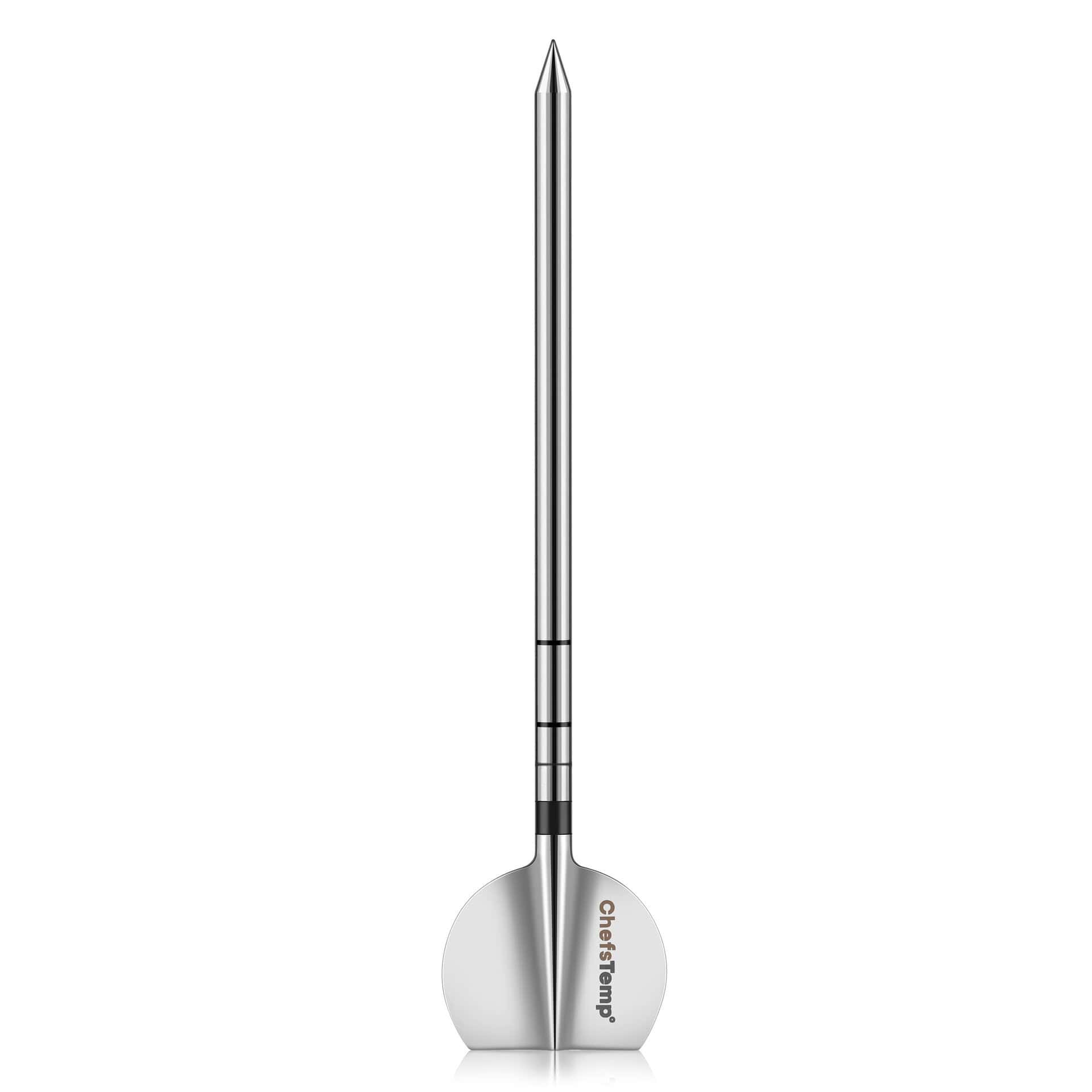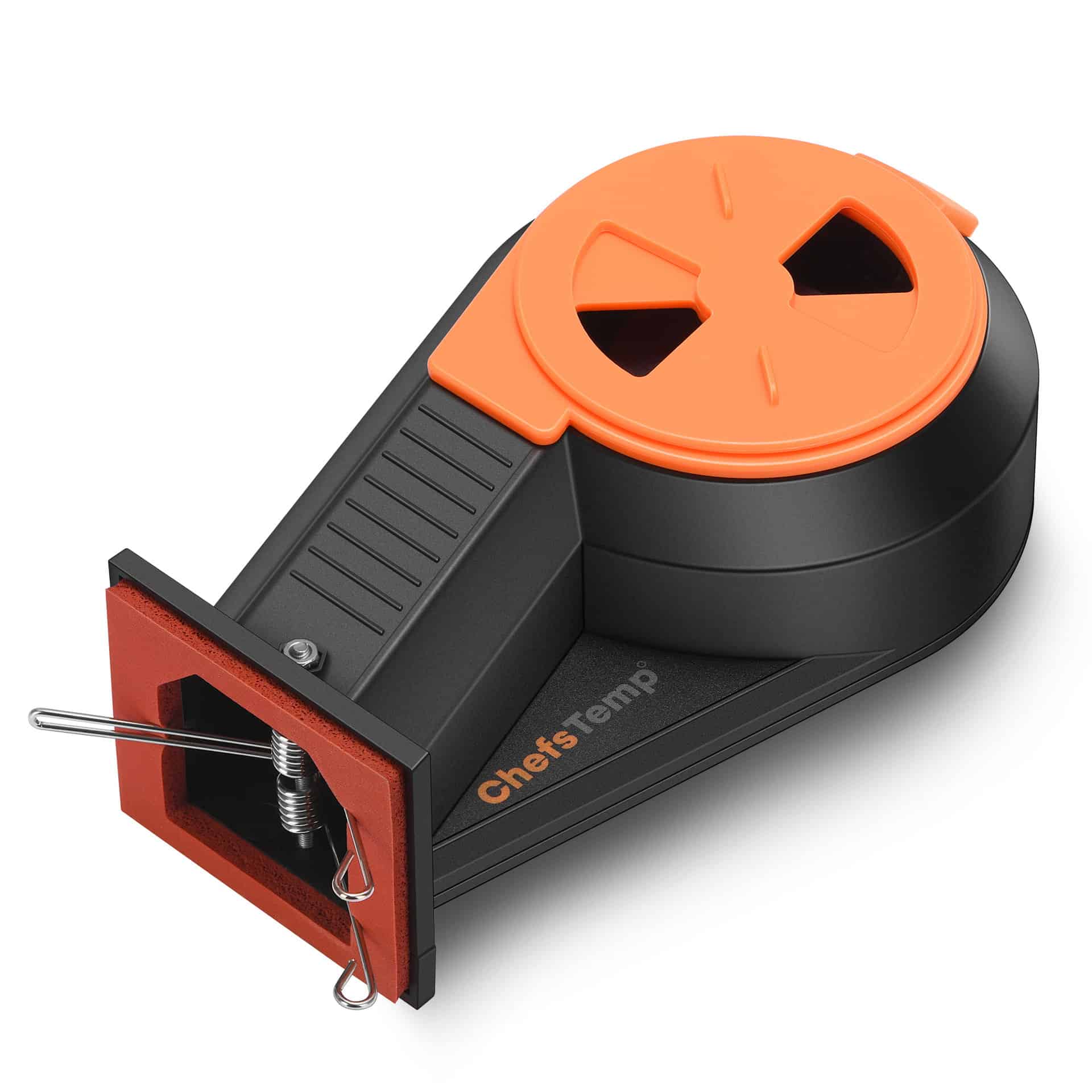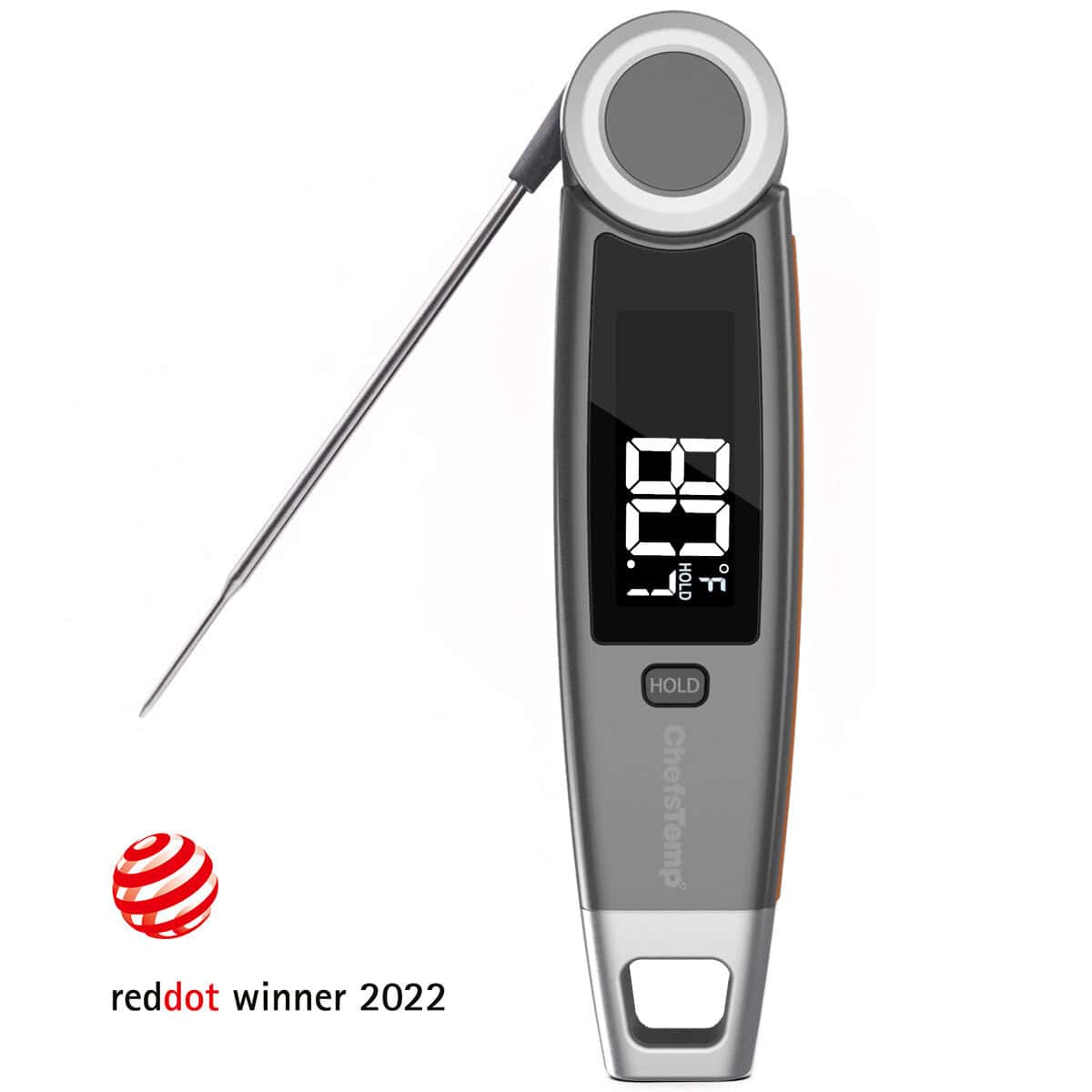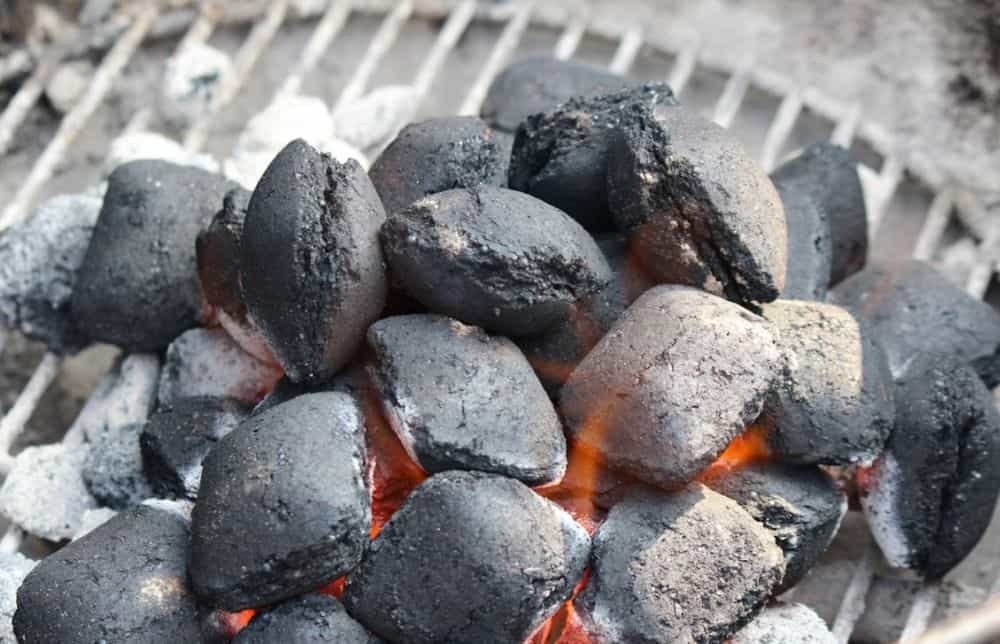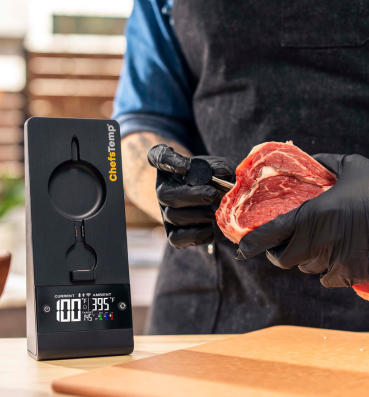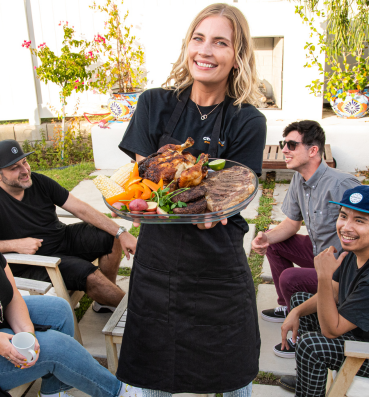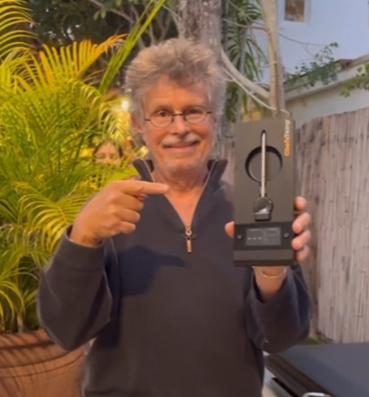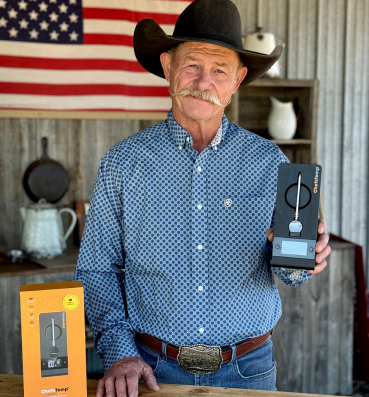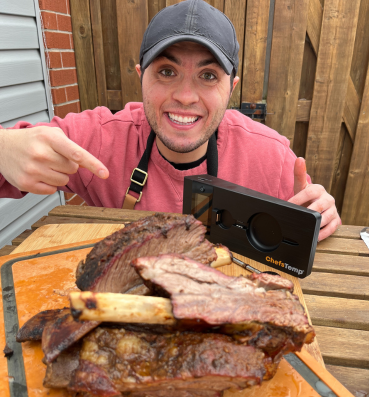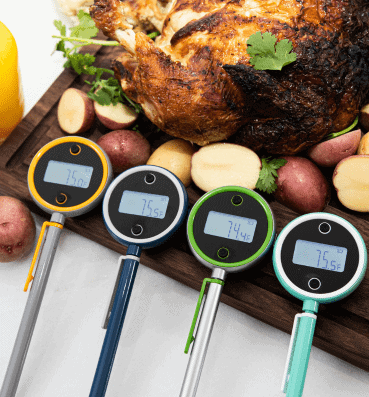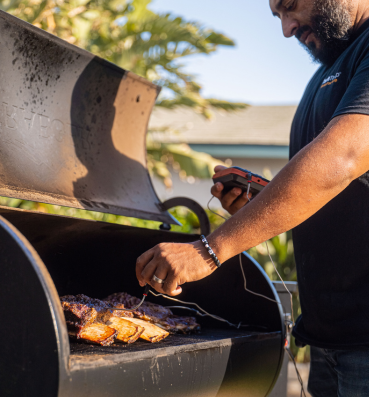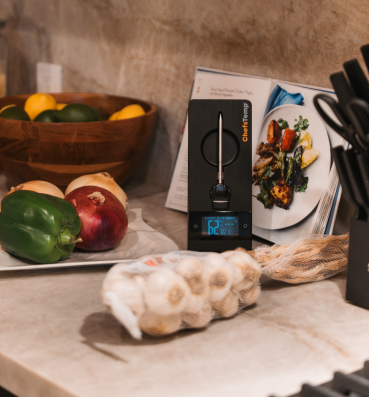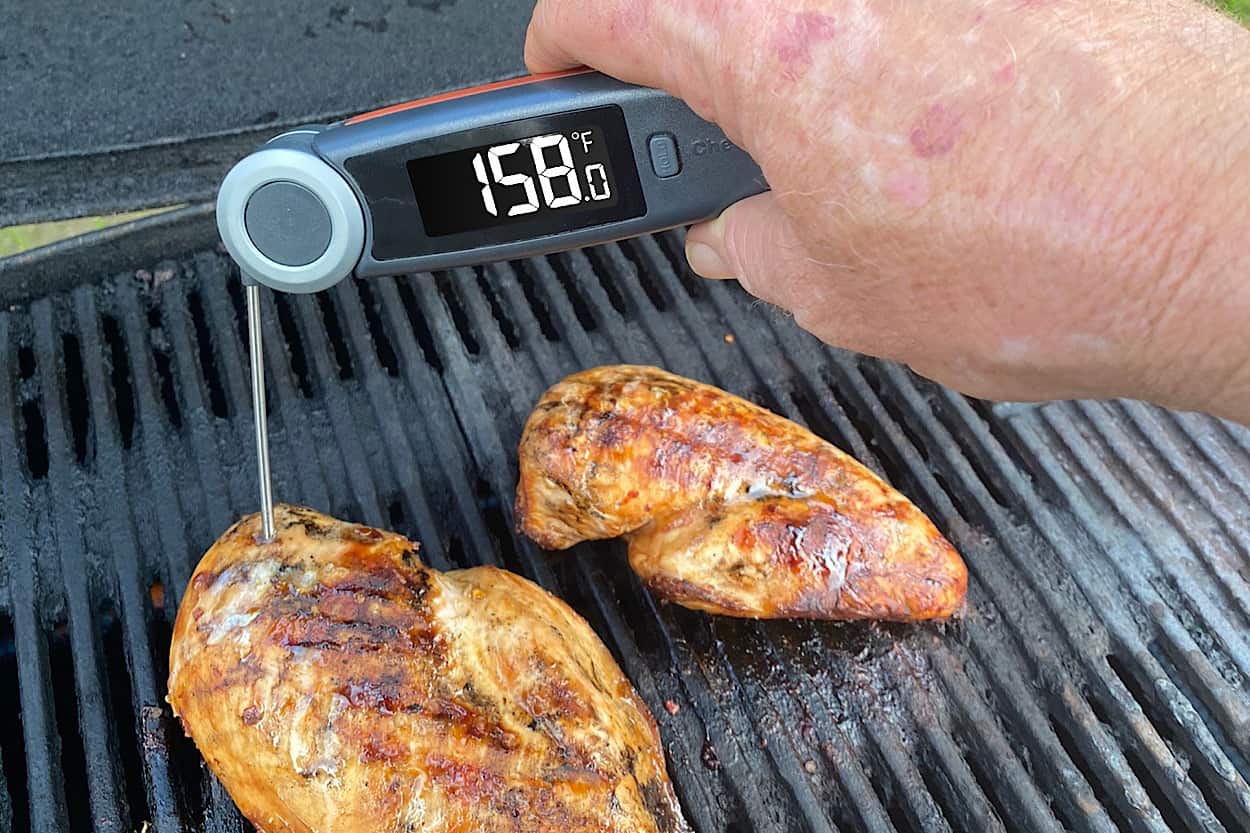
Secret to an Excellent Grilling Experience
Ever felt a bubbly sensation at the sight of a well-cooked juicy barbeque?
It’s heavenly.
Your teeth scramble for a bite — and you can’t wait to dig in. Such scrumptious-looking steaks parade your TV screen or the best BBQ restaurants in town — while you struggle with multiple failed attempts to replicate it with your backyard grill.
What if you can master the grill and recreate a similar award-worthy BBQ dish?
Well, you can.
Grilling isn’t rocket science, but there’re simple unbreachable rules. A great steak would always be mission impossible without the minor and indispensable secrets of grilling.
Below, we’ll unveil the key to a peachy BBQ. Ready to discover the secrets?
Let’s dig in.
Table of Contents
Tips for Successful BBQ Cookouts (500)
Technically, thermometers have a price tag. But their role in achieving the rich and succulent steak is priceless.
An instant-read thermometer is a prime requirement for grilling. Have you ever tried to determine a meat’s doneness with your hands? That method reeks of inaccuracy.
Cutting into the meat isn’t any better.
For an untainted result, use a meat thermometer.
Or better still, use a reliable meat thermometer because a subpar thermometer is as good as using your fingers!
One thermometer to trust for your luscious backyard grilling is ChefsTemp Finaltouch X10 Instant Read Thermometer. It has accuracy and a bold display needed for the best well-cooked barbecue.
Want to grill like a pro? Grab a thermometer.
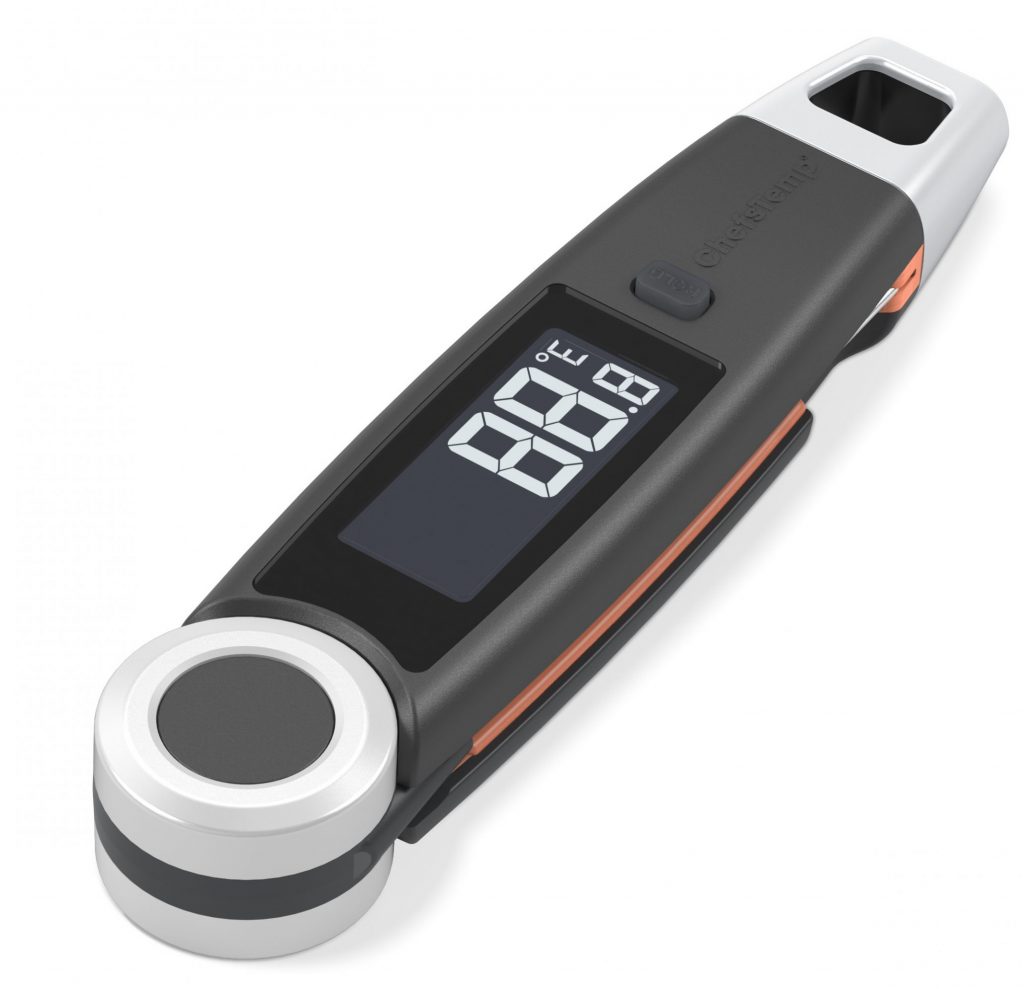
Spot Checking Meat Temperature: What You Need to Know
Undercooked steak is a familiar story. If you’ve tried grilling without a thermometer, you’ve probably had your fair share.
But this fact does make the sight of pinkish sliced meat (undone) less disappointing. And even when you adopt the low and slow grilling method, you couldn’t escape the pink meat plague.
Where are you missing the mark?
Meat is 75% water. This piece of information is the cause of your dilemma.
How?
With concentrated heat, you can achieve an achromatic meat crust while grilling. That’s the easiest part because the meat surface is a spectacular absorber of heat.
Unfortunately, the core isn’t as receptive.
The direct heat from the grill needs to diffuse past the crust to the core for a fully cooked meat.
However, the temperature gradient between the meat surface and thermal center is vast. Leveling out this gradient is where most Amateur BBQers fail.
Heating the meat to forcefully spread heat to the core only succeeds in piling more energy near the surface. That’s why you have a magical combination of overcooked and undercooked meshed in a steak.
How can you bypass these poor thermal properties to achieve a mouthwatering cuisine?
Cook with the best temperature and spot check with an instant reading thermometer.
How do you spot-check to know exactly when the thermal energy diffuses to the core?
Using a pair of tongs, lift the meat and insert the thermal probe past the meat core. You’ll notice a gradual decrease in the temp as the probe penetrates the center. You know it’s pullout time when the lowest temperature in the center hits your preferred temperature.
Even Cooked Meat Deserves Rest
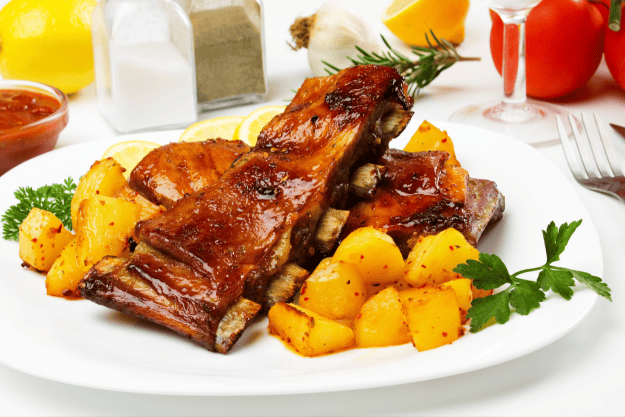
A great steaks magnets cutlery like sugar attracts ants. But regardless of how mouthwatering the delicacy seems, you’ll be able to savor the juiciness better when it rests.
Leaving the meat to sit after cooking incite juice redistribution. It relaxes the meat protein to help maintain the moist texture. The rest period is hinged on the meat thickness; bigger chunks attract longer resting time.
But generally, rest time ranges from 5 to 15 minutes.
Pro Tip: Don’t slice the meat while waiting. Leave it untouched.
Carryover Cooking: What Happens During the Rest Period?
Remember the built-up thermal energy that gradually sinks to the meat core through the meat exterior? It doesn’t cease when you stop grilling. The meat keeps seeking equilibrium.
Hence, the heat trapped in the meat exterior keeps penetrating the interiors while some escape into the air.
Thus, the internal heat increases after you stop grilling — this occurrence is carryover cooking.
For an accurately cooked barbeque, you should consider carryover cooking. You’ll need to make the meat slightly undone to avoid overcooking. 3-5°F (1.7-2.8°C) below the required doneness degree will do the trick for steaks and burgers, while large roasts need to be about 10-15°F (5.6-8.3°C) short.
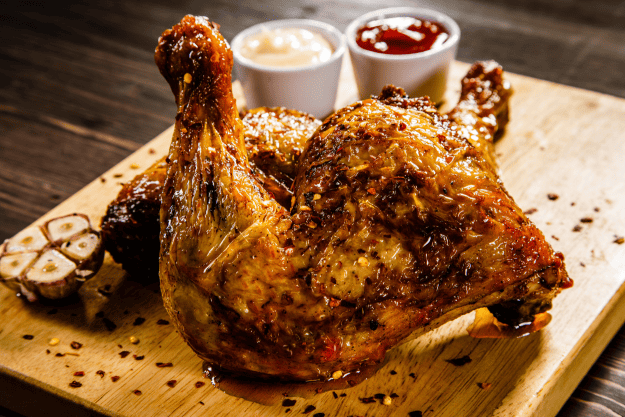
The undone temperature when removing your meat is the pullout temperature.
Carryover cooking and pullout temp are both crucial in achieving perfectly done chops.
With these tips, your steaks will be phenomenal!
Beyond The Temp: Basics of Grilling Unveiled
Clean and Preheat Your Grill
Preheating your grill is a quick-fire way to clean it. The heat softens residues from previous grills. So, you can take it off with a brush.
It’s as good as saying don’t grill the briny left-over from your juicy chicken breast with your new salmon BBq. Aim for an untainted barbecue taste will a clean grill.
Marinate and Season Generously
These two processes form the crux of a fantastic grilling. That’s how you keep your meat or veggies moist while grilling. Thick meat or whole poultry need almost twice the seasoning of medium seized meat. This is vital to achieving the sapid taste that leaves you craving more.
Don’t Check Temperature Repeatedly
Checking for doneness is essential. But opening your grill repeatedly will hamper the cooking process. Give it time.
Check the doneness with a thermometer and mop the meat with more sauce.
Pro Tip: Don’t poke the meat multiple times. You could lose the moisture and taste this way. No one wants a dry and tasteless BBQ.
Don’t Flatten Meat
Flattening your meat and squishing it is tempting. The sizzling sounds that usher in mild flames whenever you squish make you feel like the grill master. Frankly, you are tampering with the moisture and taste.
Squishing your meat will drain the moisture and fat. We know you don’t intend to squeeze out the juiciness, so don’t squish!
Handy Spray Bottle
We can’t think of a better way to char your appealing barbeque delight than flaming them up! Flames will mar your steak texture. So, keep a water-filled spray bottle close. Once the mild flames burst out, squash it without messing with the heat.
That Distinct Taste Is Glaze!
Most professional steaks look sumptuous and shiny. Alongside the inviting look is a distinct yet defined buttery or flavorsome taste. The taste blends so well with the seasoning; you can’t separate it.
Ladies and gentlemen, that’s the untold secret about glaze.
Glaze your steak while cooking or immediately after cooking. A melted jam glaze works like magic.
Pro Tip: Buttering your steak immediately after grilling moistens it, acts as glaze, and tops it off with a peculiar flavorful taste. Afterward, sit back and get questioned about your secret ingredient.
Conclusion
Are you hoping to grill like a pro? These tips will help you thrive excellently. Don’t hesitate to host a backyard BBQ party. Because armed with these secrets, you got it under control.
Discover Other ChefsTemp Products
Discover more recipes and learn kitchen tricks by joining our cooking family on Facebook.
You may also like:
